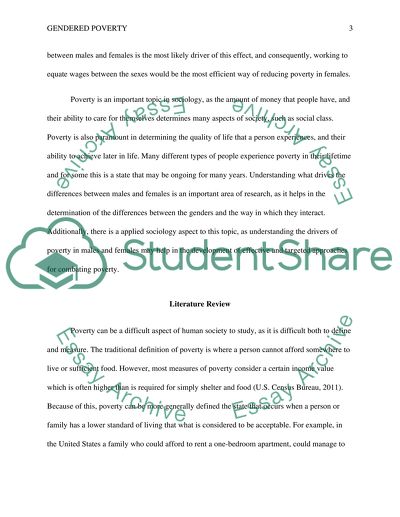Cite this document
(“Poverty Research Paper Example | Topics and Well Written Essays - 2500 words”, n.d.)
Retrieved from https://studentshare.org/sociology/1396484-poverty
Retrieved from https://studentshare.org/sociology/1396484-poverty
(Poverty Research Paper Example | Topics and Well Written Essays - 2500 Words)
https://studentshare.org/sociology/1396484-poverty.
https://studentshare.org/sociology/1396484-poverty.
“Poverty Research Paper Example | Topics and Well Written Essays - 2500 Words”, n.d. https://studentshare.org/sociology/1396484-poverty.


